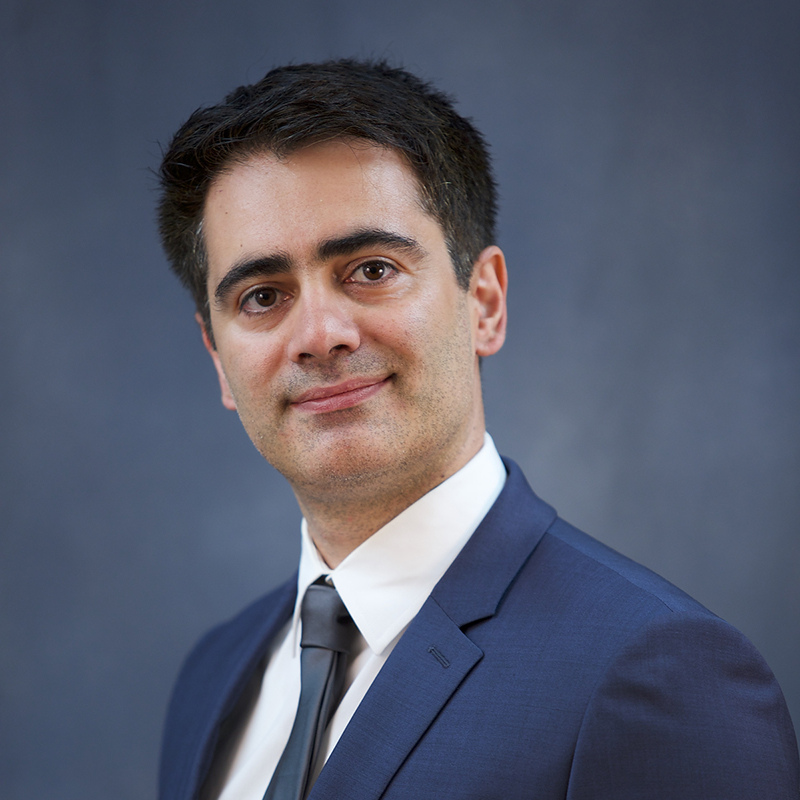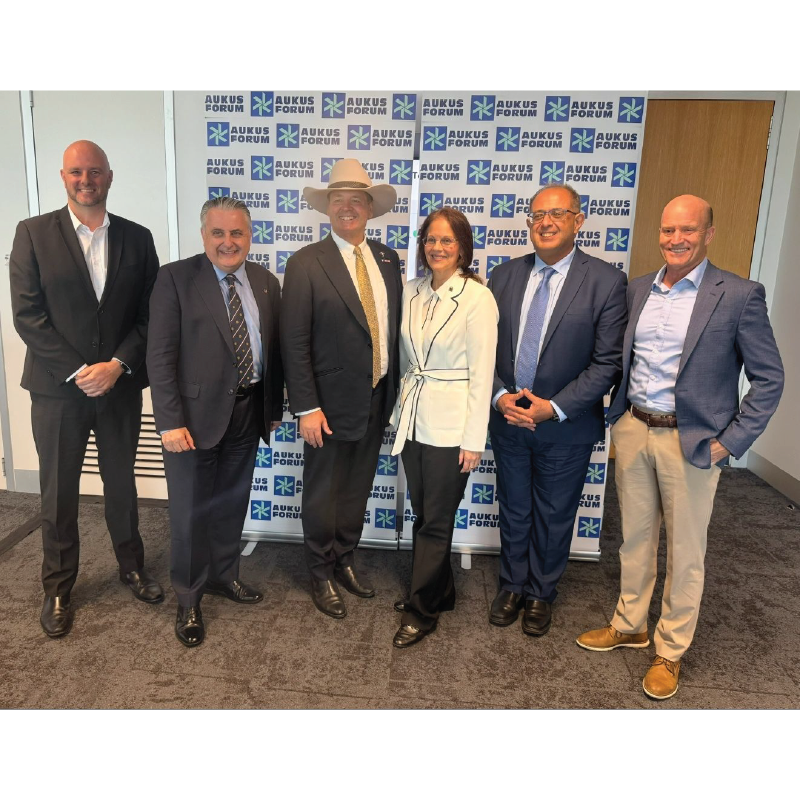News Story
Artificial cells that can pass the 'Turing Test'
A new study by Professor William Bentley (BioE) and ISR partners in Trento, Italy, is making international headlines.
“We have been interested in the divide between living and nonliving chemical systems for quite some time now, but it was never really clear where this divide fell,” Sheref S. Mansy from the University of Trento, Italy, told ResearchGate. “[I]t is absolutely possible to make artificial cells that can chemically communicate with bacteria.”
“Two-Way Chemical Communication between Artificial and Natural Cells” was published in the Jan. 27 issue of the journal ACS Central Science. Its authors are Bentley, Mansy, Roberta Lentini, Noël Yeh Martín, Michele Forlin, Luca Belmonte, Jason Fontana, Michele Cornella, Laura Martini, Sabrina Tamburini and Olivier Jousson.
The study is a breakthrough in the effort to develop artificial cells capable of both sensing and sending chemical messages to bacteria. The researchers made artificial cells that are able to sense and synthesize quorum signaling molecules to chemically communicate with V. fischeri, V. harveyi, E. coli, and P. aeruginosa. Activity was assessed by fluorescence, luminescence, RT-qPCR, and RNA-seq. Two potential applications for this technology were demonstrated. First, the extent to which artificial cells could imitate natural cells was quantified by a type of cellular Turing test. Artificial cells capable of sensing and in response synthesizing and releasing N-3-(oxohexanoyl)homoserine lactone showed a high degree of likeness to natural V. fischeri under specific test conditions. Second, artificial cells that sensed V. fischeri and in response degraded a quorum signaling molecule of P. aeruginosa (N-(3-oxododecanoyl)homoserine lactone) were constructed, laying the foundation for future technologies that control complex networks of natural cells.
| Read a story about the work, “These artificial cells are not alive—but they just passed the Turing Test,” at ScienceAlert.com |
Published February 3, 2017
















